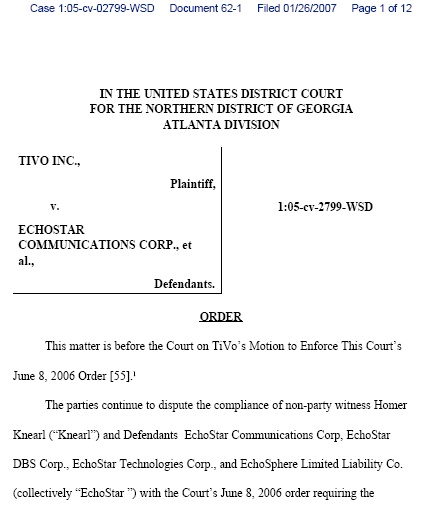The Cable & Telecommunications Association for Marketing (CTAM) ran a study where they looked at PVR usuage in the US and in Canada and determined that only 5% of all Canadians are currently using PVRs and only 38% were even familiar with how they worked. When they surveyed American consumers, the number of people who have PVRs jumps up 15%, but even at that level, it’s still a pretty small number given how powerful the technology really is.
The crazy thing about a PVR is that it’s really tough to demonstrate the benefits to someone without seeing it first hand, but once a consumer experiences the power of time shifting, it’s very tough for them to go back to live TV.
When I bought my first TiVo, it was actually on accident. I had gone to Best Buy to buy a home theater system, but the sound set up that I wanted was a little too expensive. Rather than go home empty handed, I made an impulse decision when I saw the TiVo and after taking it home was immediately floored with how transformative the technology was. Going from a world where you had to schedule your TV to a world where everything was available on my own schedule had a huge impact on my life and instantly made me an evangelist for the company.

 I was perusing the
I was perusing the 